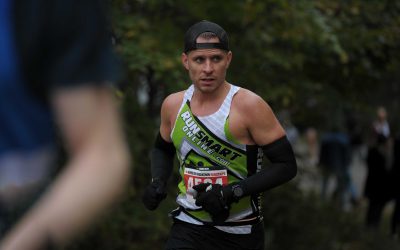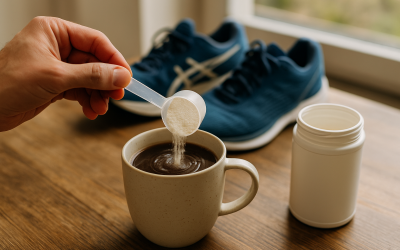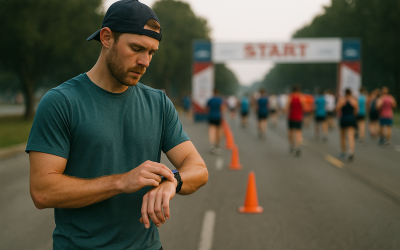As the leaves fall and the race bibs come off, many runners face a dilemma—what now?
Whether you’ve just finished your goal race or are winding down from the intensity of training, it’s crucial to balance recovery and maintenance to prevent burnout and long-term issues.
You’re not just recovering from race day but from the months of build-up that brought you to the start line. As a Physical Therapist, here’s my advice on how to recover smartly and keep your momentum going without falling into the traps of over-resting or shutting it all down.
Stacy Active, But Low Impact
After your race, the worst thing you can do is hit the couch and stay there.
While you deserve rest, it’s important to keep your body moving with low-impact activities. Gentle walks, light mobility exercises, or even cycling can keep your blood flowing, promoting faster recovery. Think of it as active recovery—keeping things easy but not sedentary. Keeping the blood circulating will flush out metabolic waste and keep your joints limber.
Listen to your Body (and Give It Time)
A good rule of thumb is to give yourself one day of recovery for every mile you race. For example, a half marathon warrants about two weeks of easy recovery, while a full marathon might take up to a month. That doesn’t mean total rest—it means scaling back intensity, allowing your body to recover gradually.
Check-in with yourself: How are your joints feeling? Are there areas of soreness that aren’t going away? Use this time to get in tune with any lingering fatigue or tightness.
Focus on Key Areas: Mobility and Flexibility
As you ease off intense training, use this period to check your mobility—particularly in critical areas like your hips, knees, and ankles. Functional mobility exercises can help reveal any stiffness or restrictions that could turn into long-term problems if left unchecked. Incorporate dynamic stretches and simple range-of-motion exercises to gauge how well you’re recovering.
Access Your Strength and Stability
Strength imbalances are common after an intense training cycle and can lead to injury if not addressed. This is the perfect time to work on single-leg exercises to test for weaknesses, particularly in your glutes, core, and legs. Single-leg squats, bridges, and balance exercises will help you determine if any imbalances developed during training that need correction.




